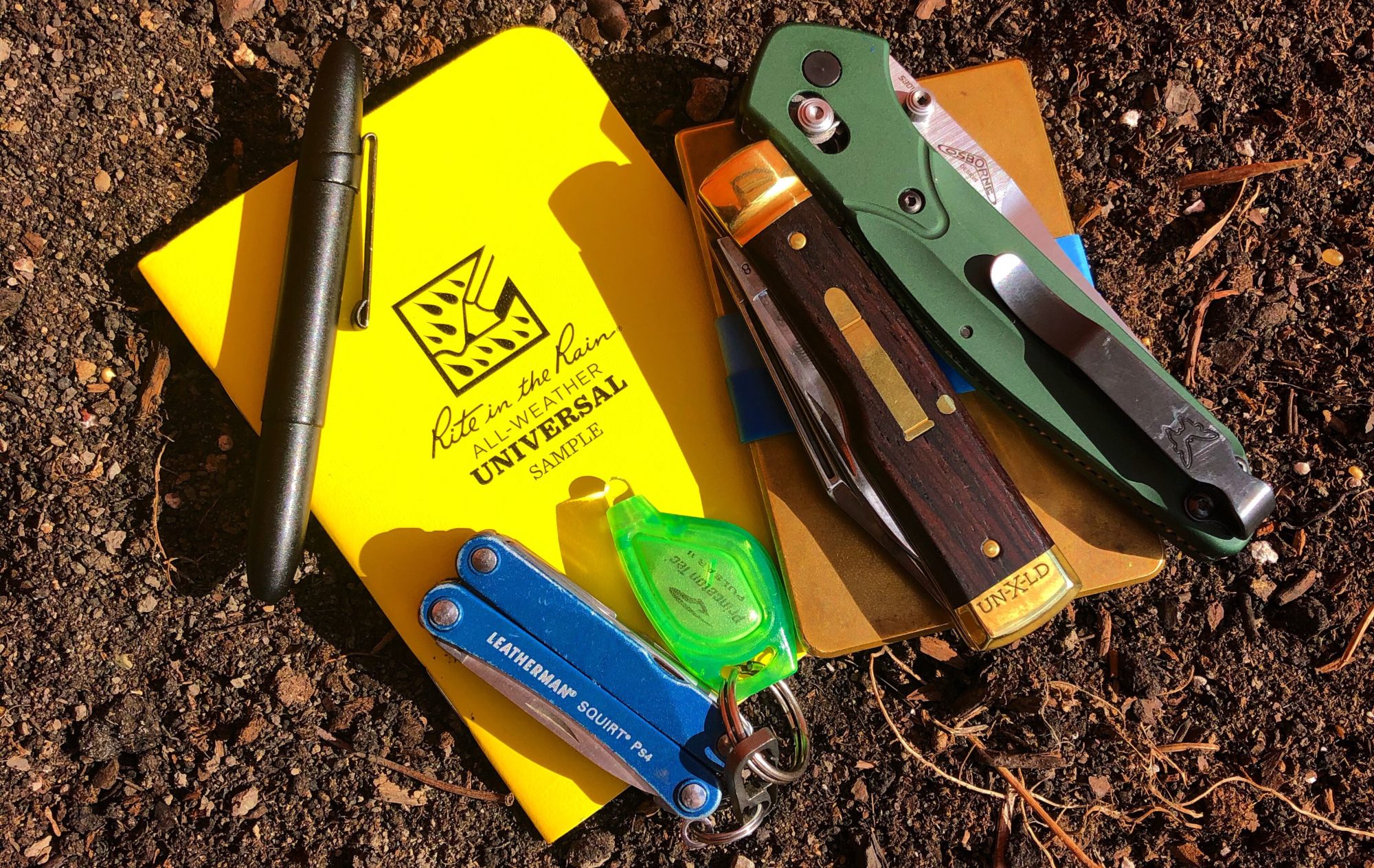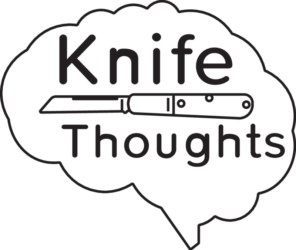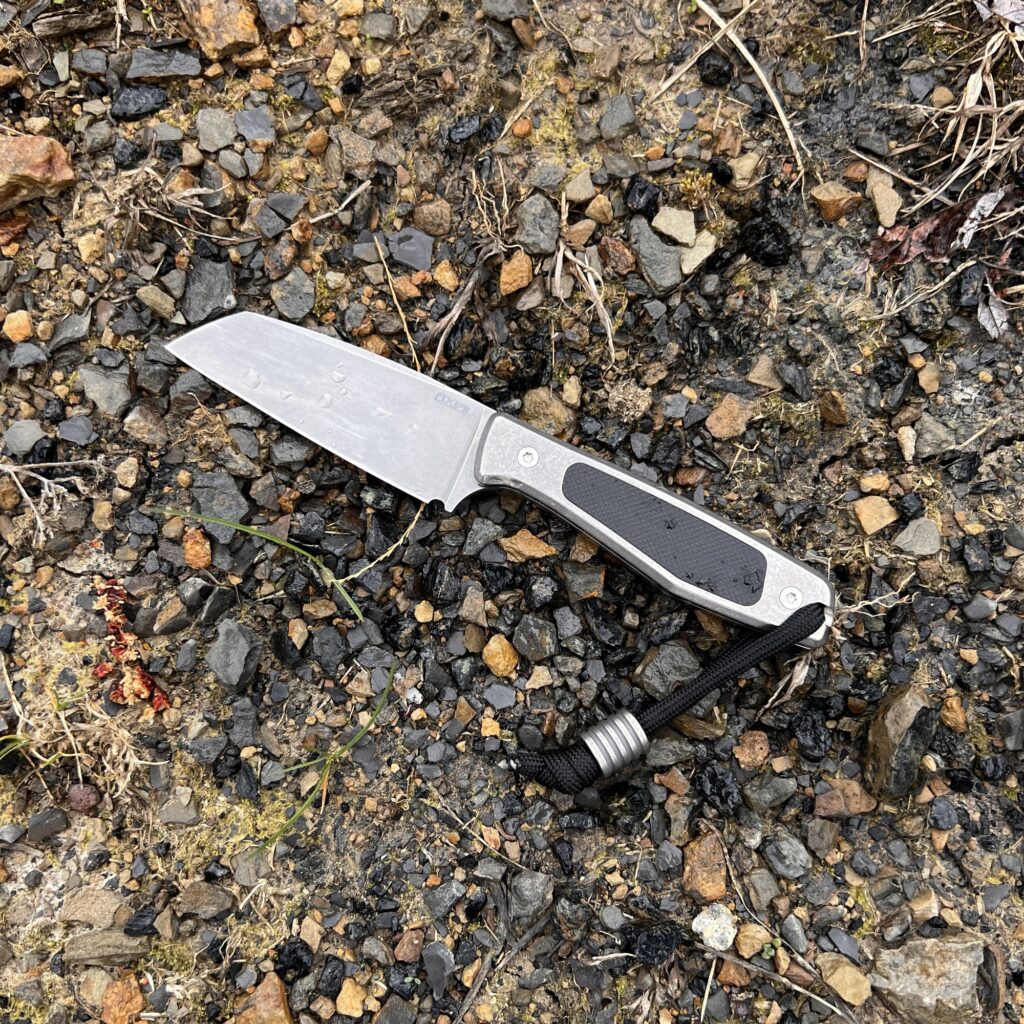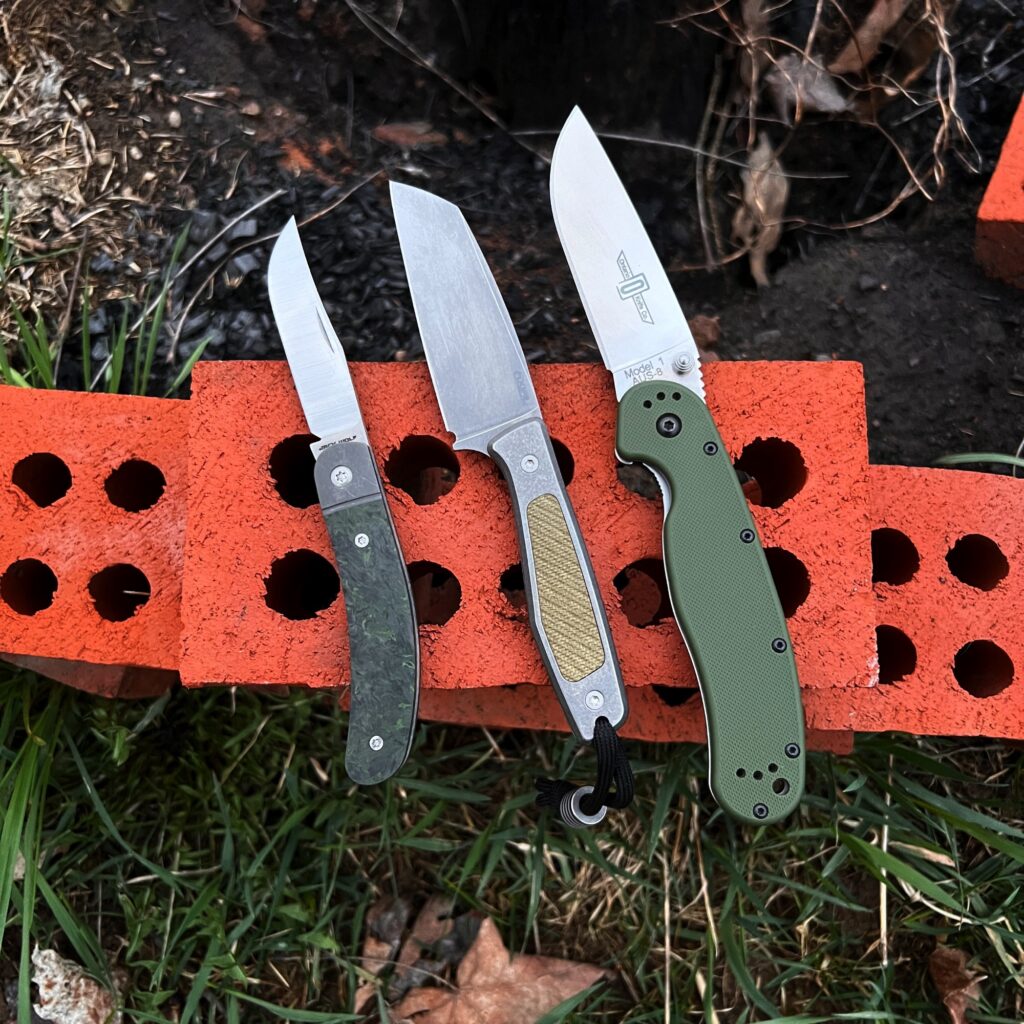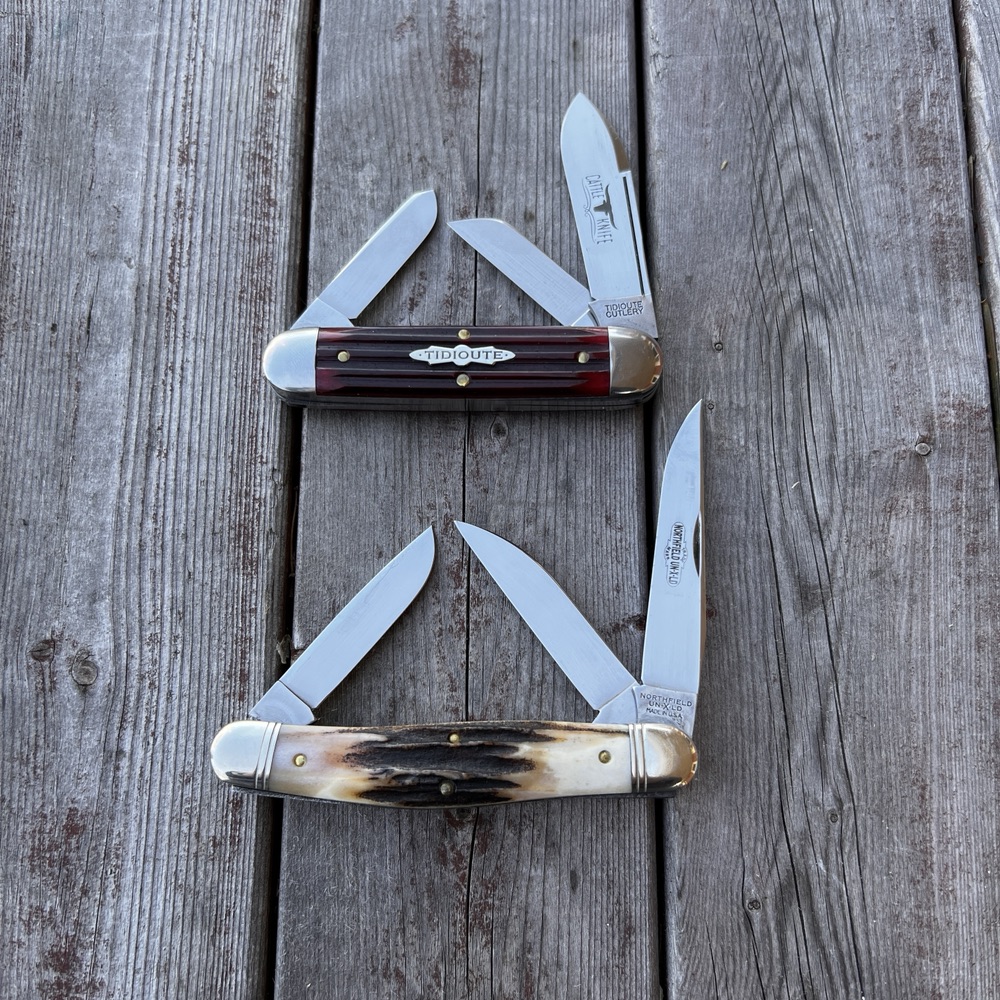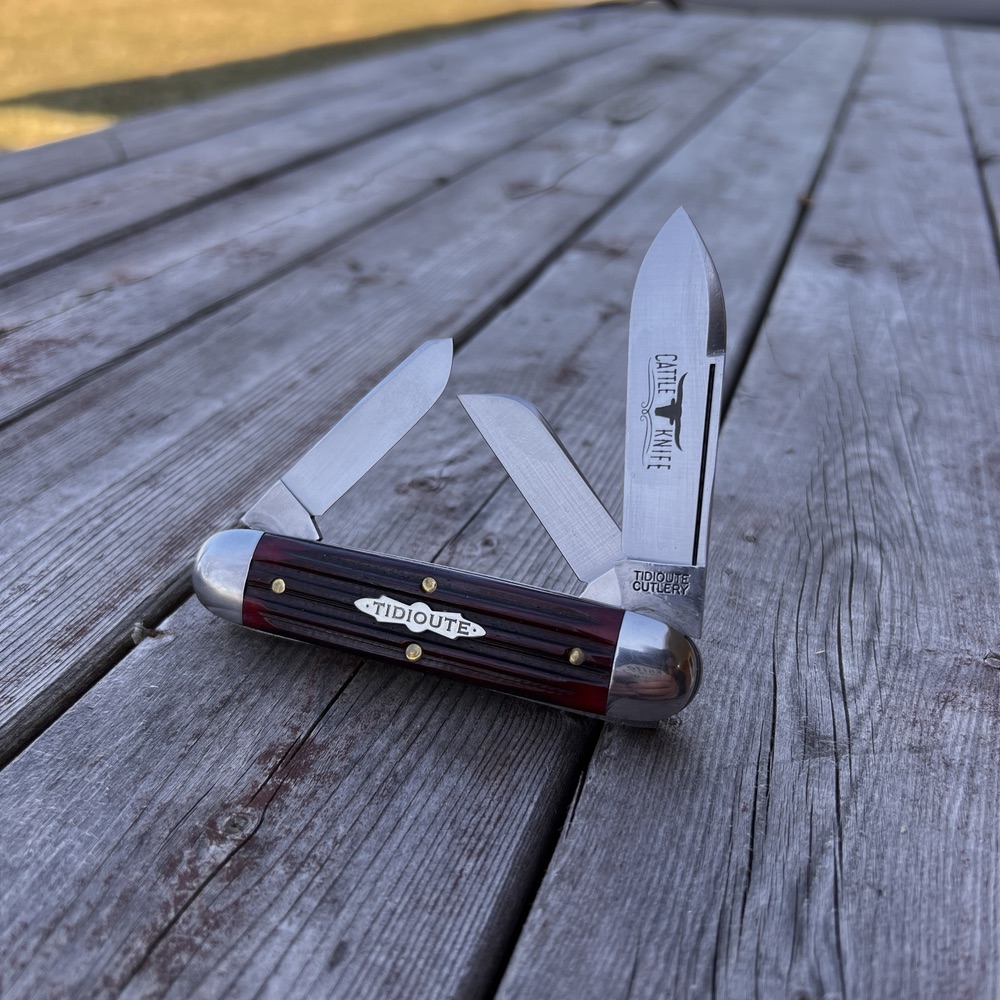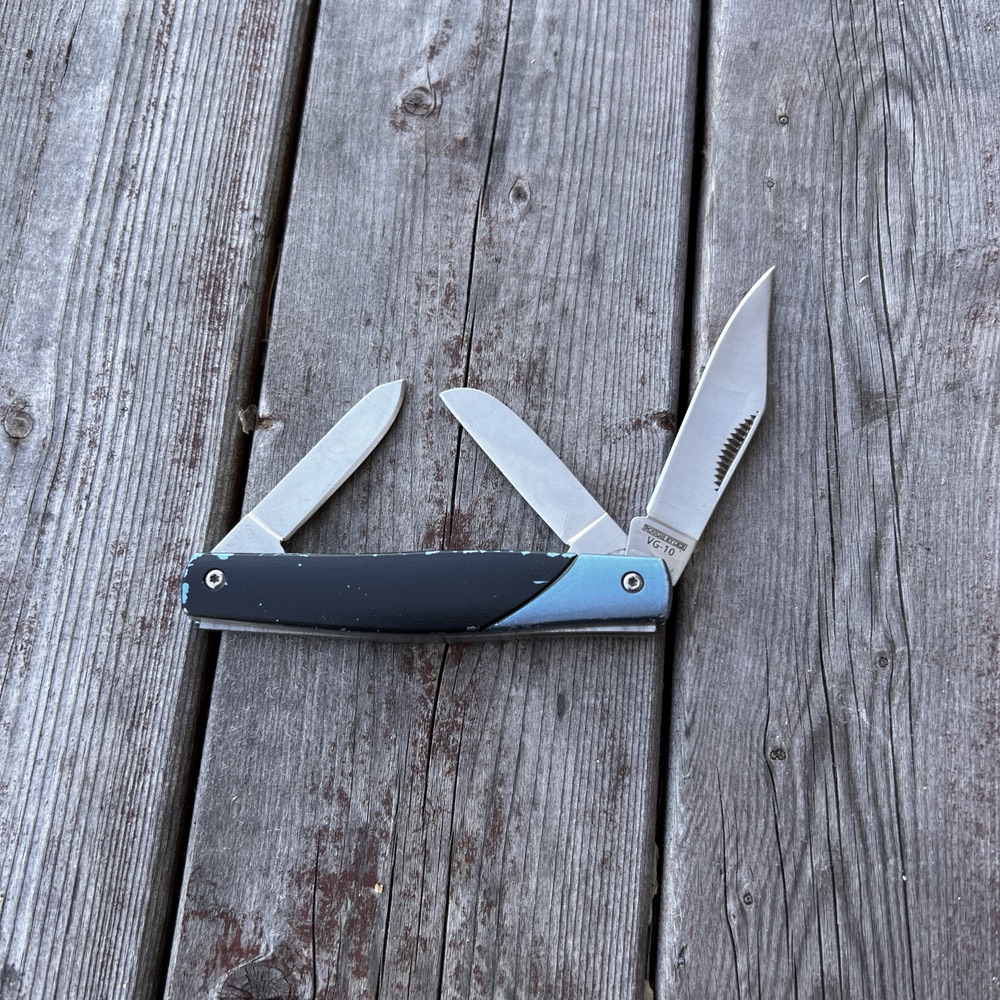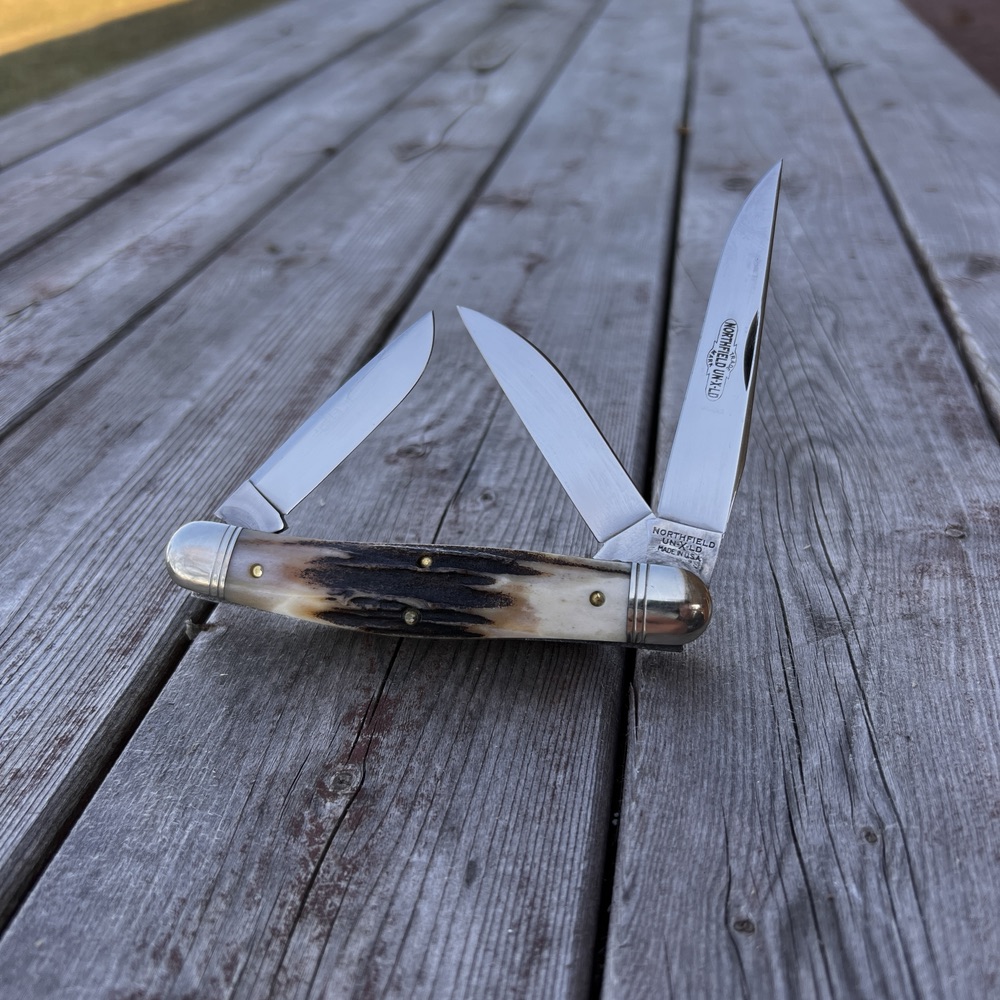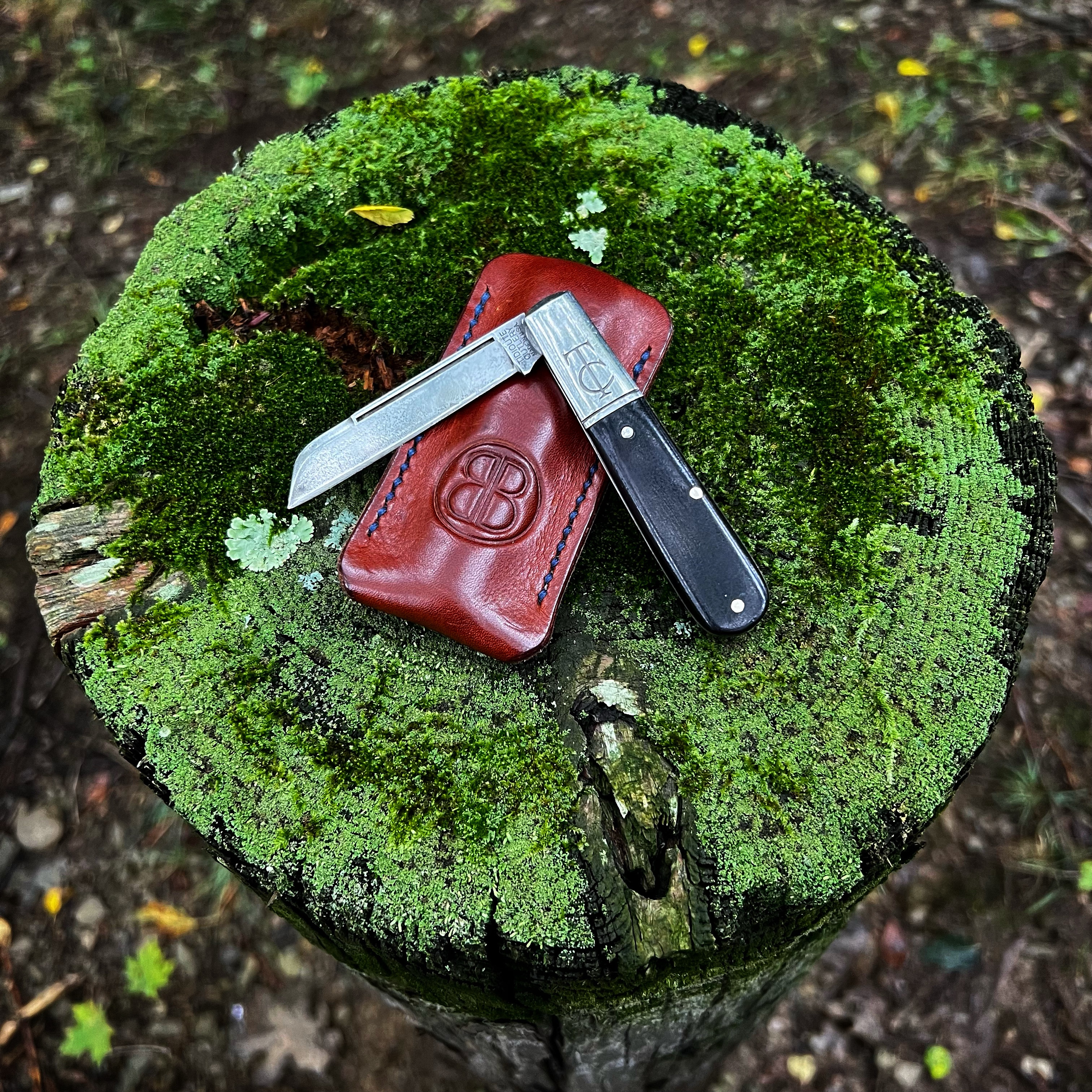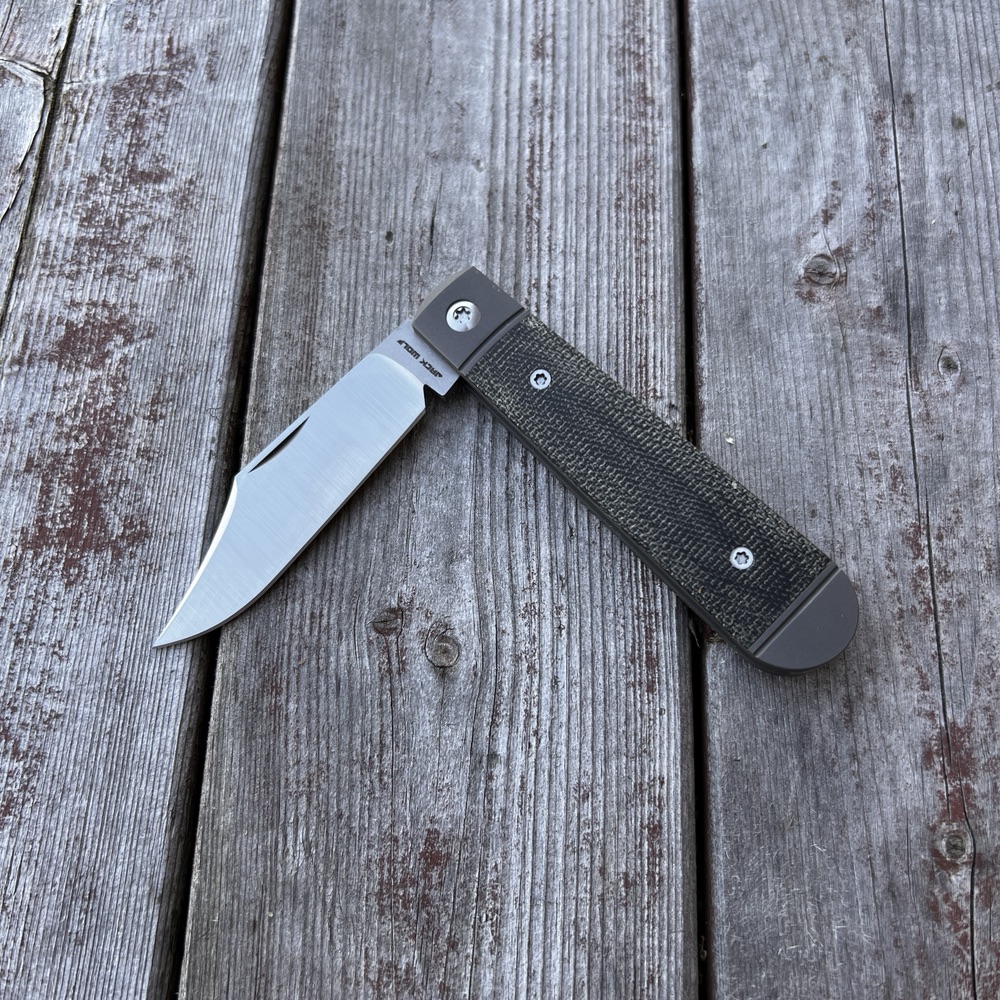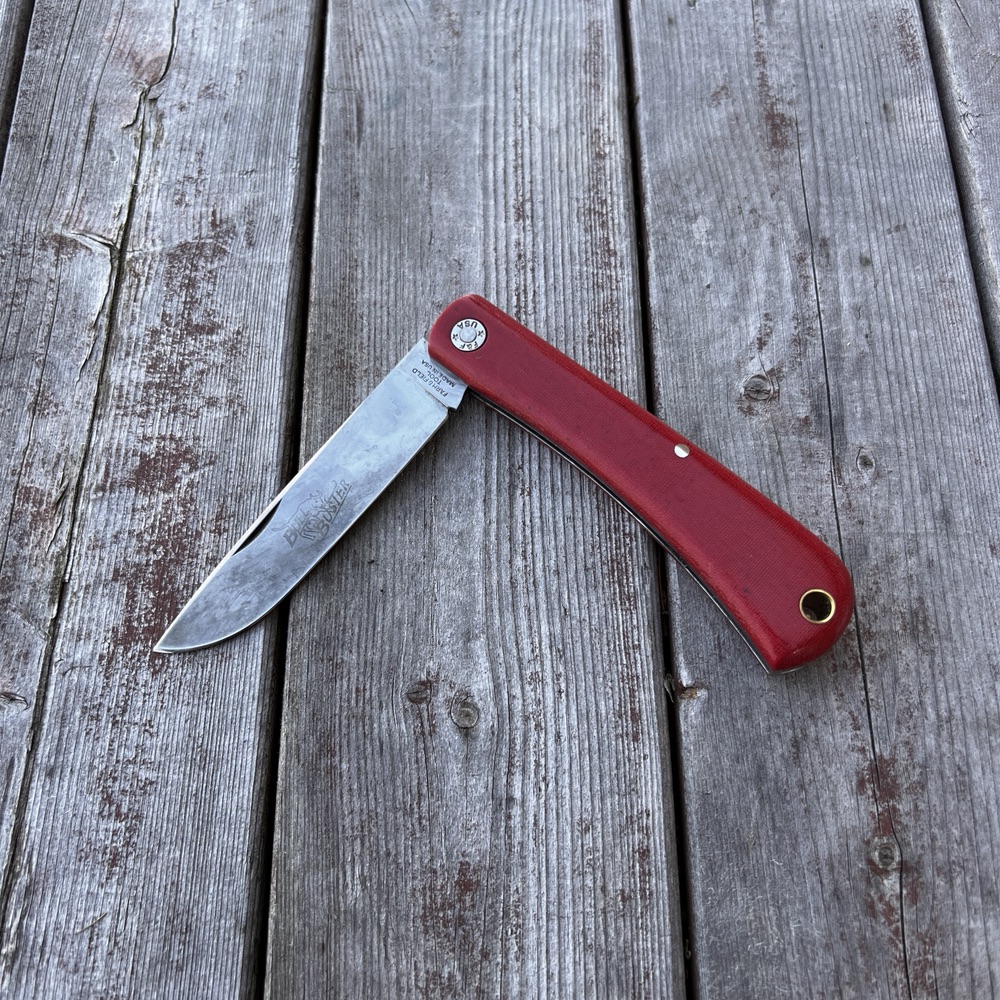If you’ve been following Knife Thoughts, you know I’m a fan of Jack Wolf Knives. I’ve been extremely fortunate to get to check out a knife from every run they’ve done. The quality, design, consistency, and style has blown me away and they’re really in their own category in the market. That said, I’m definitely aware that they’re not inexpensive. That’s why I’m excited about the Jack Wolf Knives Spring Sale!
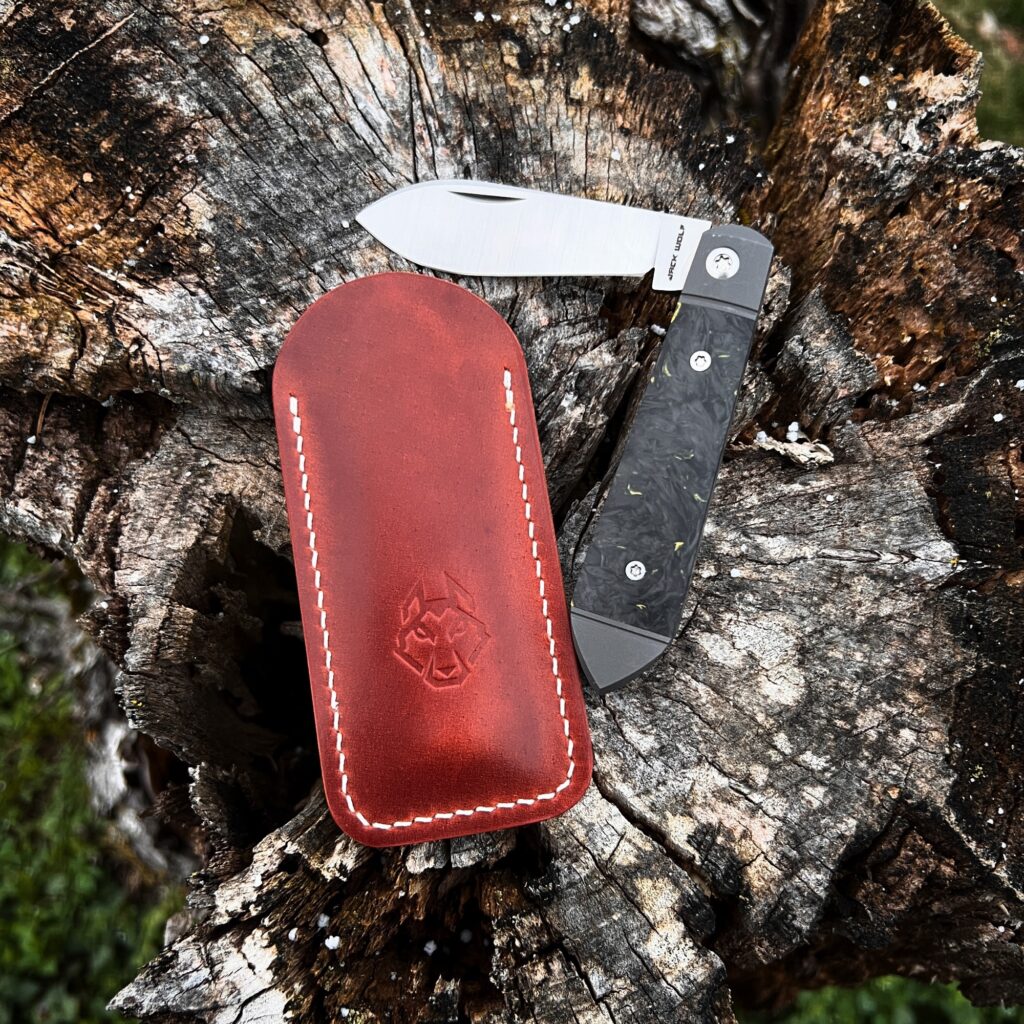
From now till 4/21 all Jack Wolf Knives models (excluding the Gunslinger) are 20% off at dealers. For most models that amounts to $60 saved! I suggest getting yours at Traditional Pocket Knives or Knives Ship Free. Austin (TPK) and Jay (KSF) are two of the good guys in the industry and also offer nice rewards programs on top of the sale. Pickings are getting slim, but here’s a few great options from TPK and KSF;
Little Bro Jack: A classic Boy’s Knife. The Little Bro Jack is a regular jack pattern with a beautiful clip point blade shape. On the smaller side for a Jack Wolf Knife at 3.54″ closed (about the size of a GEC #15), so easy to carry but still plenty of knife. Available in Nebula Fat Carbon, Dark Matter Copper Fat Carbon, Flo Party CamoCarbon, and Rosewood as of this writing.
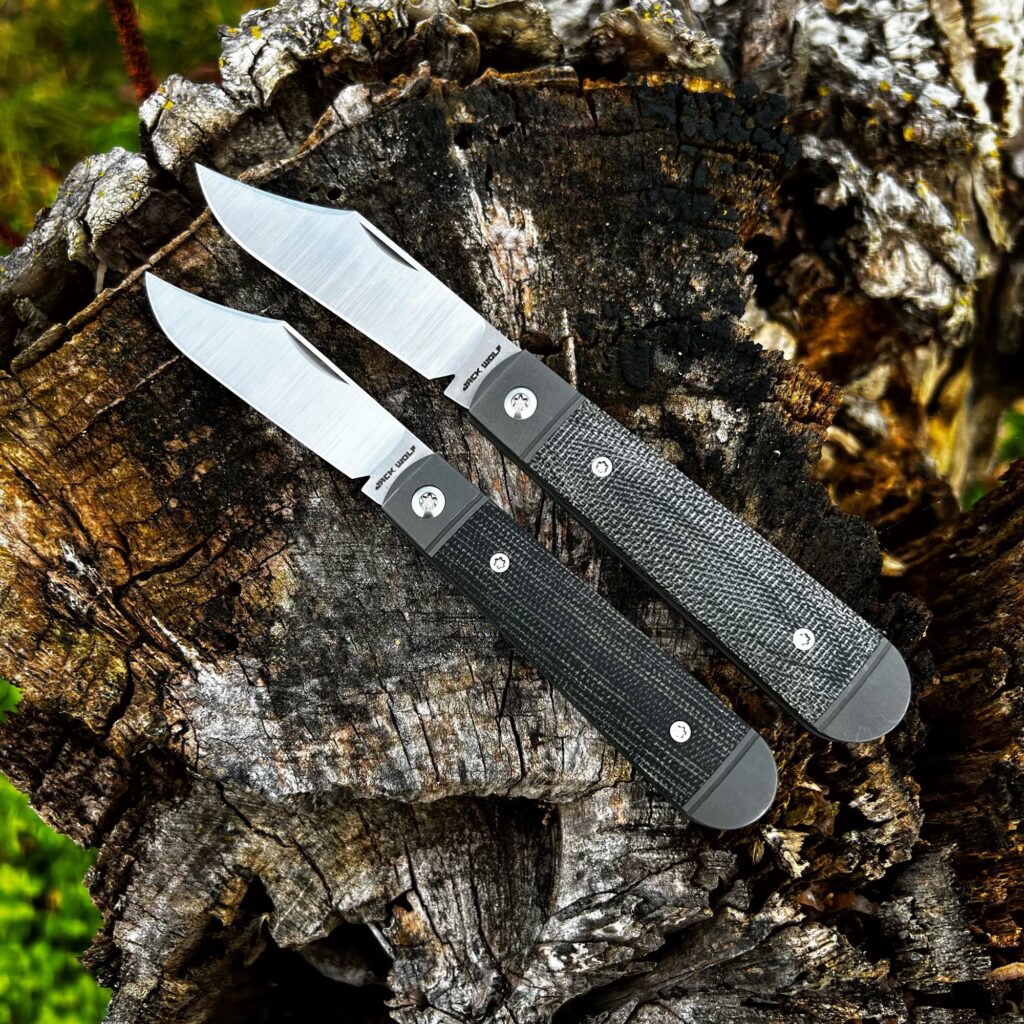
Midnight Jack: It doesn’t get any better than a Barlow! By the way, if you like Barlows you should check out the Barlow Bearcat Club. The Midnight Jack is an interesting and classy interpretation of the pattern, with a sculpted coffin shaped handle and a big sheepfoot blade. Available in Twill Carbon Fiber, “Reverse Tux” jigged titanium, White Storm Fat Carbon, and Dark Matter Copper Fat Carbon as of this writing.
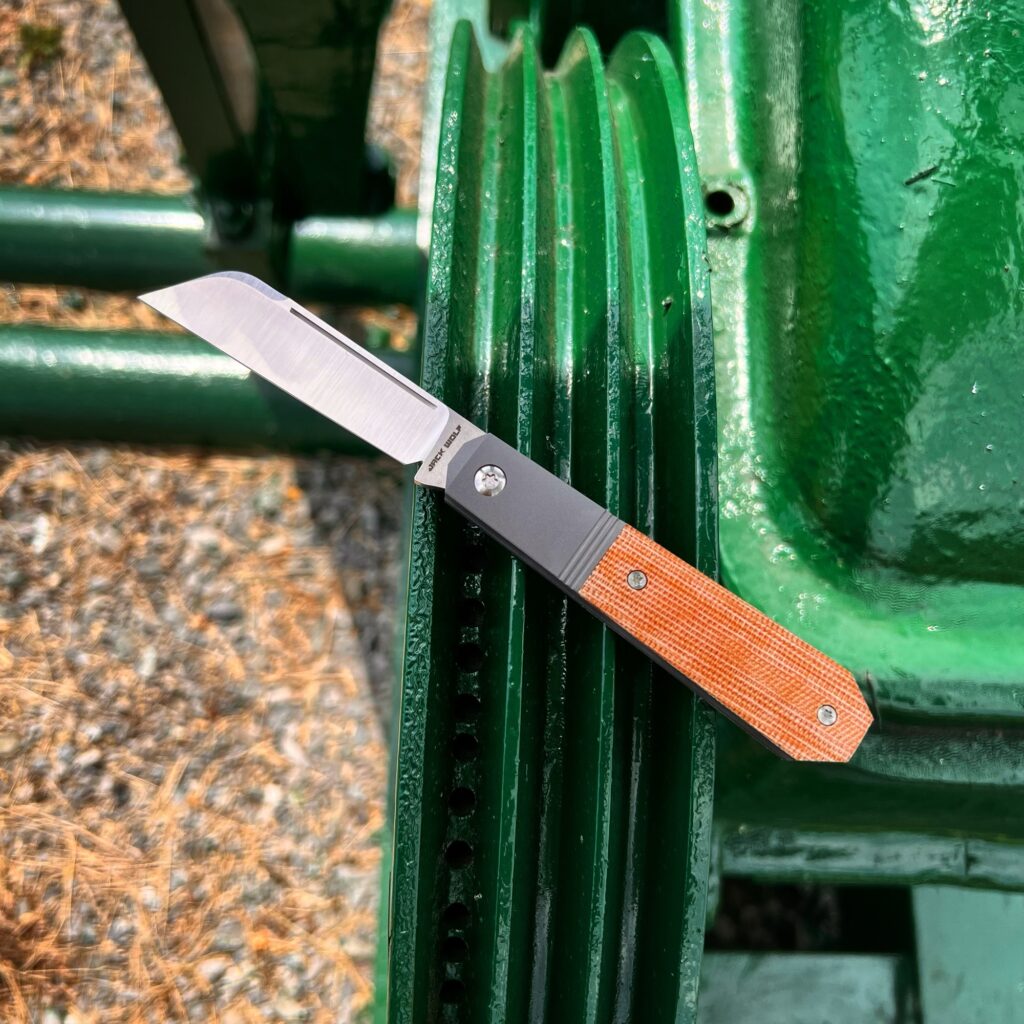
Pioneer Jack: Ben, owner of Jack Wolf Knives, does an incredible job of creating modern versions of traditional patterns that respect the source. The Pioneer Jack is a great example of that as an updated Peasant Knife (aka Sod Buster or Bullnose or whatever name a company decides to call it). The Pioneer Jack feels ready for real work, and a little burlier than most other JWK models. Available in DLC coated Jigged Titanium as of this writing.
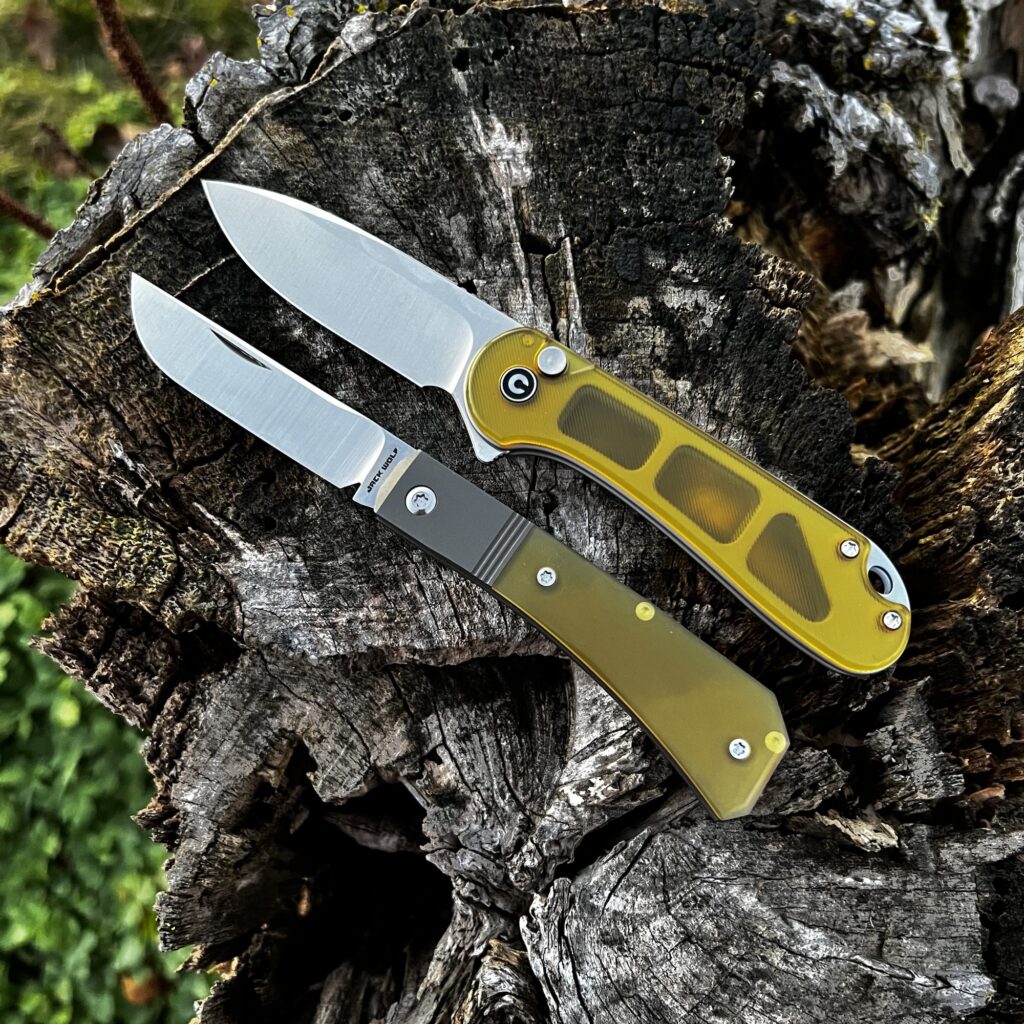
Sharpshooter Jack: The first Jack Wolf Knives model to be released, the Sharpshooter Jack is a superb rendition of the Gunstock pattern. With a beautiful clip point blade and surprisingly comfortable ergonomics, it makes for a great all around package. Available in Snowfire Fat Carbon, “Reverse Tux” smooth coated titanium, jigged titanium, and Arctic Storm Fat Carbon with DLC as of this writing.
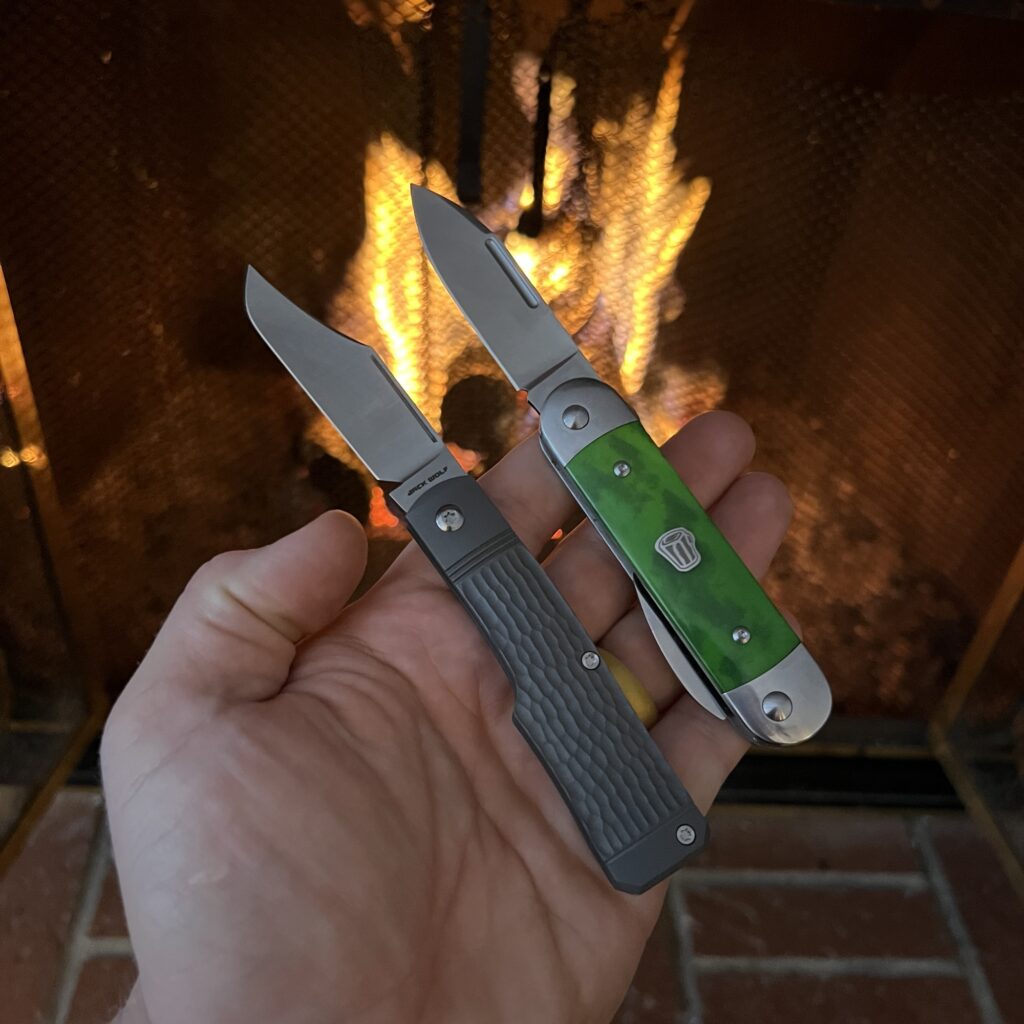
I hope you’re able to take advantage of this great opportunity to get a superb knife at a significant discount! If this will be your first Jack Wolf knife I think you’ll be thoroughly impressed with the quality. If it’s your first traditional / non-locking pocket knife, I hope it kicks off an enduring love of slipjoints. Either way, don’t forget to go out and do good!
I sincerely thank you for your time, support, and interest! Don’t forget to tell your friends about KnifeThoughts.com, subscribe via email, and share this article on social media. You can find Knife Thoughts on YouTube where I have hundreds of knife videos, as well as on Instagram and Facebook! You can find all my latest links at LinkTr.ee/KnifeThoughts
P.s. Thanks as always to Ben, Donnie, and everyone at Jack Wolf Knives for bringing these incredible knives to fruition and giving me the opportunity to check them out and share my thoughts on them!
